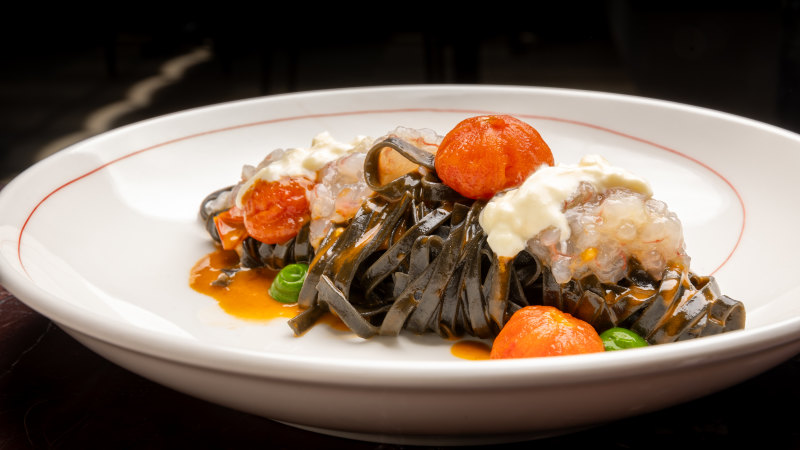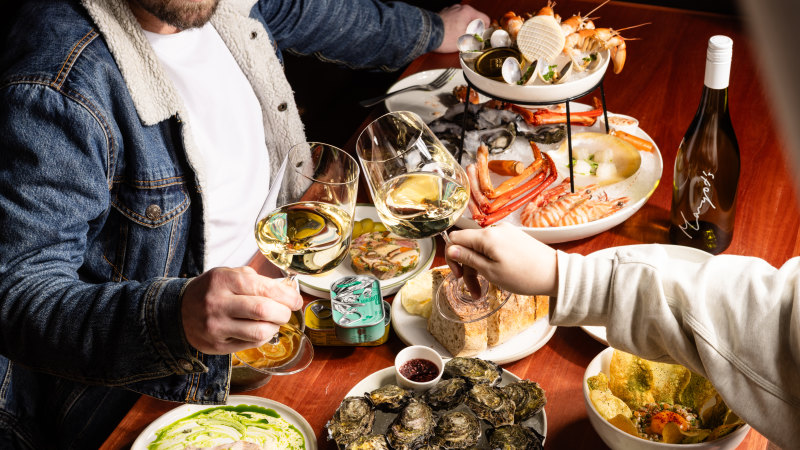It's no secret that drinking too much beer can make your head feel like it's spinning. But things could get way worse for beer drinkers in the Middle Ages, when the drink could cause full-on hallucinations. The culprit for such false visions, sounds, and sensations was an ingredient called black henbane, which brewers often added to ales.
A member of the nightshade family, black henbane, or Hyoscyamus niger, is a toxic plant that was intentionally added to brews to increase the sensation of intoxication. Now, it's certainly possible that brewers stumbled onto this discovery by accident. At the time, the general practice was to make .
Instead, beer makers flavored their goods with plants, herbs, and various other flora, collectively known as gruit. Black henbane could have added some desirable bitterness, and could obviously intoxicate thirsty patrons quicker than poison-free ale. Perhaps the most dangerous characteristic of black henbane is that it causes dry mouth, causing the beer drinker to be increasingly thirsty, and thus, wanting to drink more beer.
This was problematic, because while a small bit of the plant could cause a drunk sensation, too much of it could result in extreme hallucination, and even death. Drinkers would have needed to consume copious amounts of beer to reach this extreme, but smaller portions could still cause strange behavior and severely altered mental states. The outlawing of henbane and its association with witches By the beginning of the 16th ce.

















